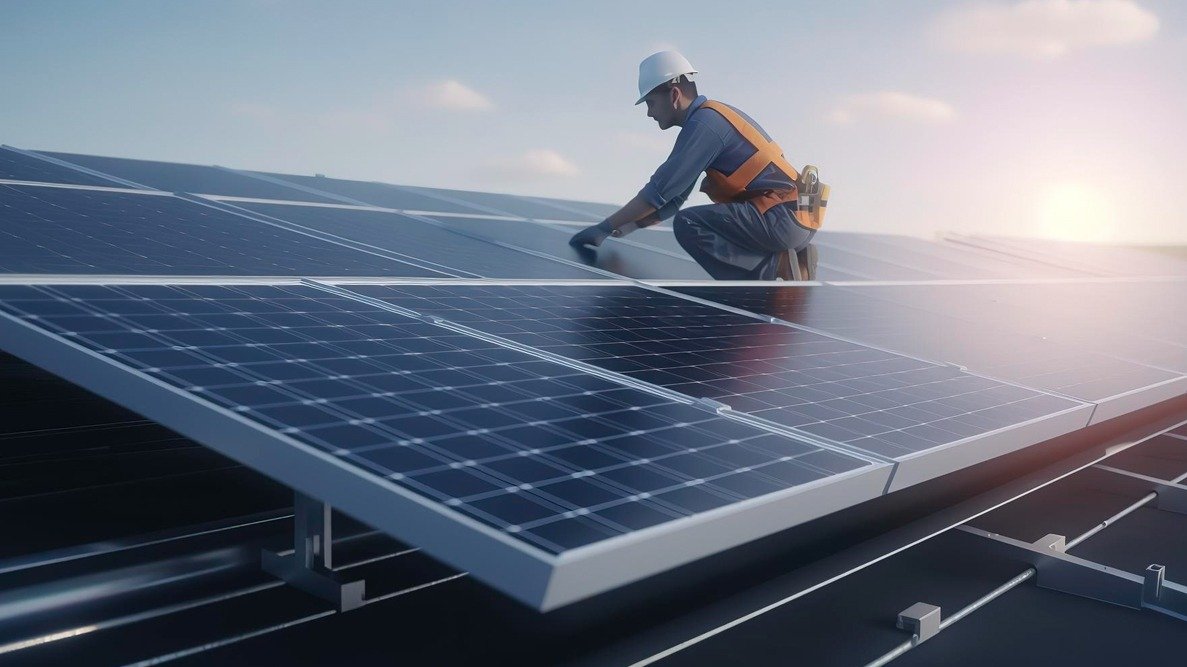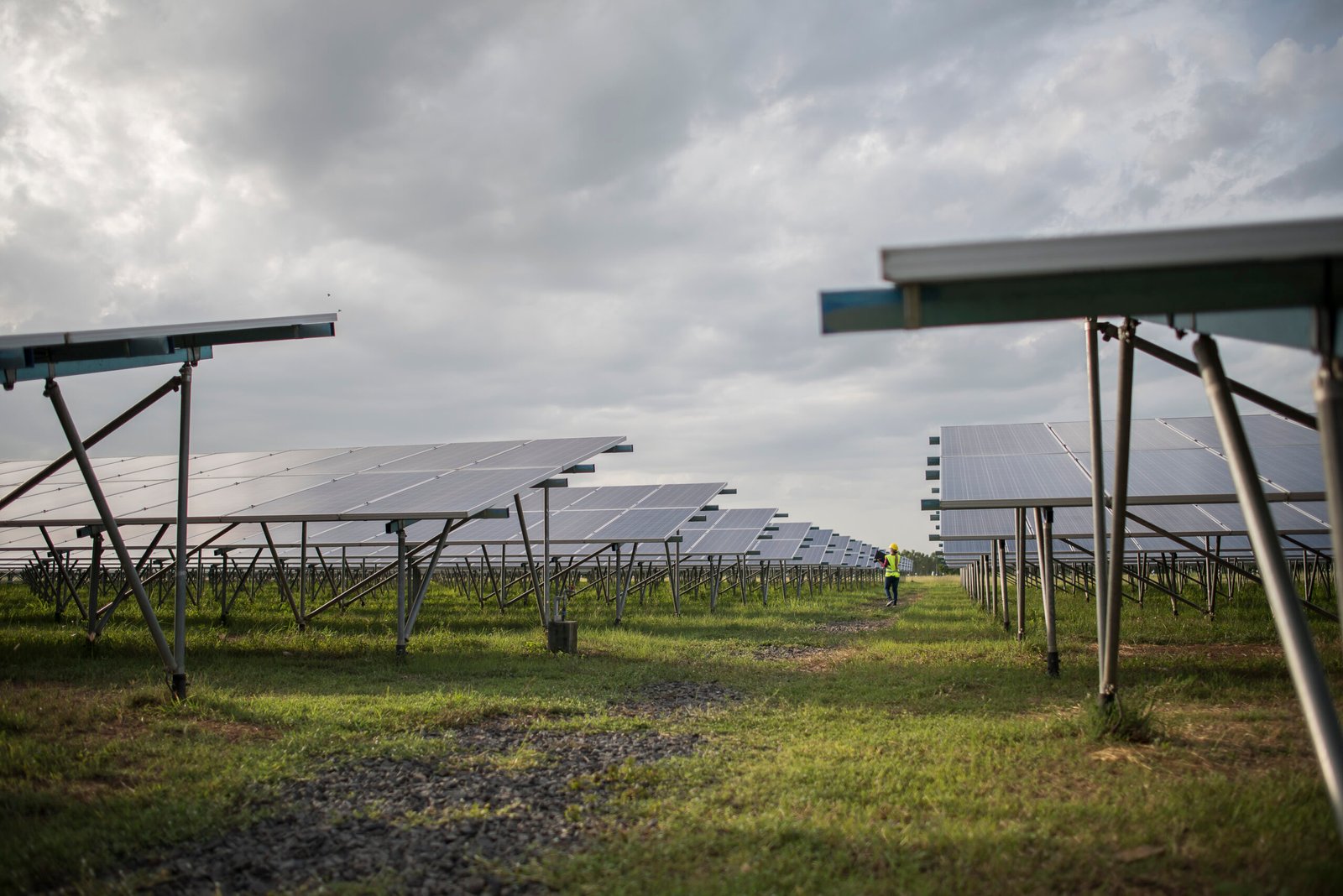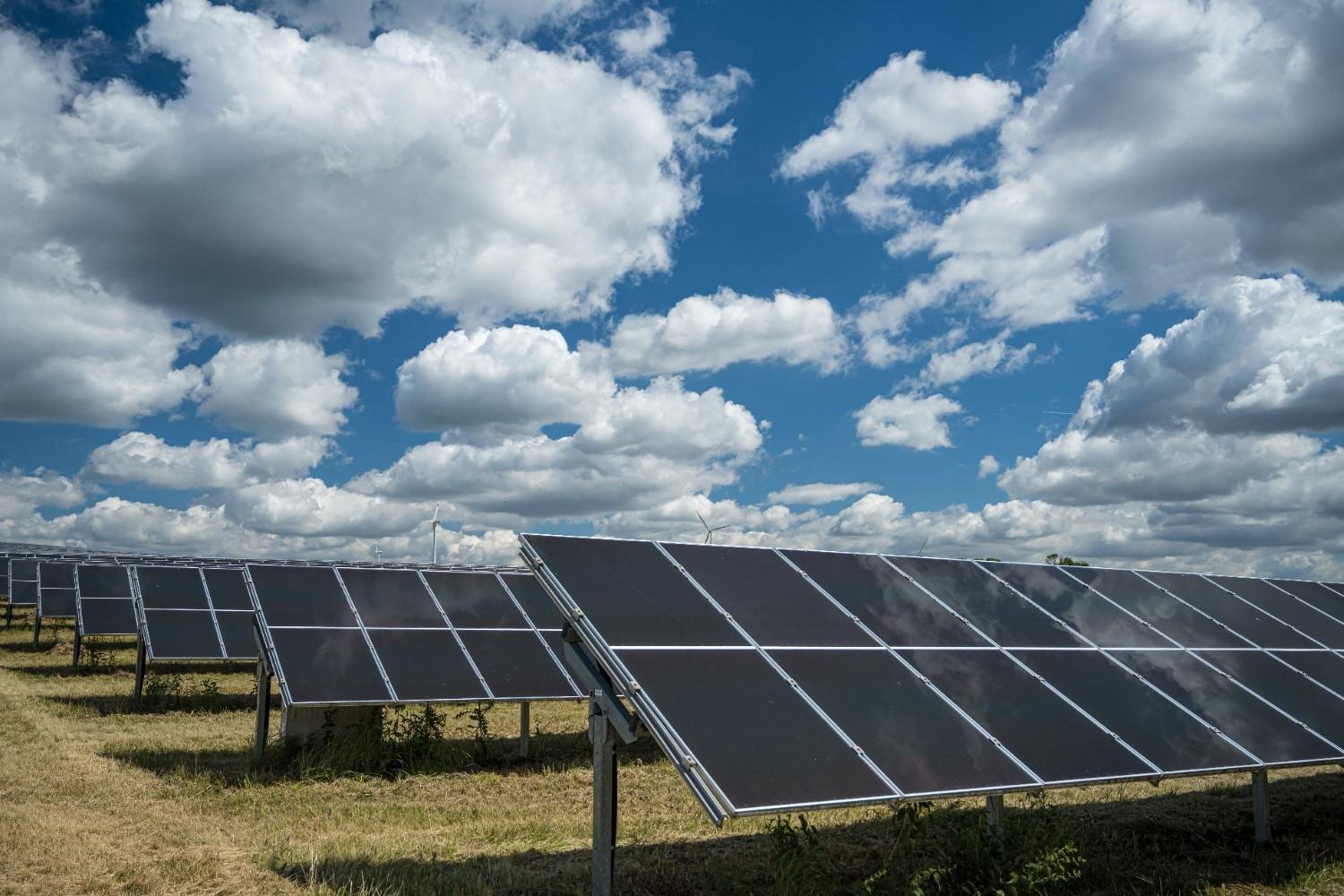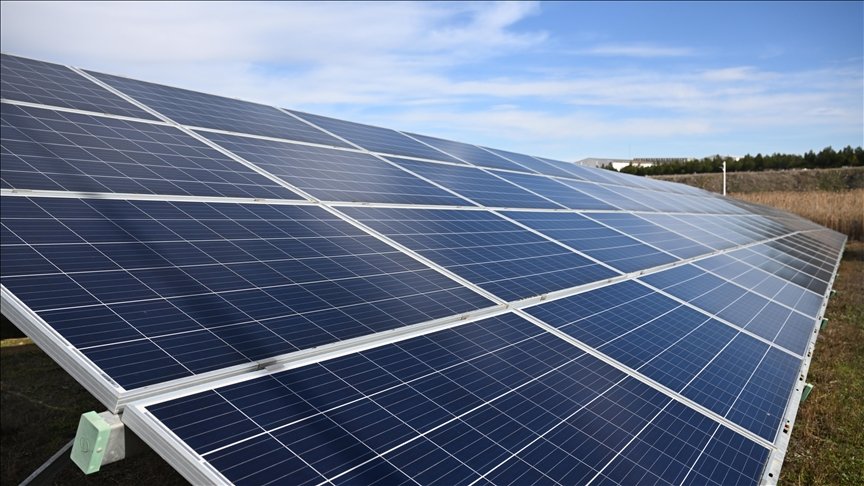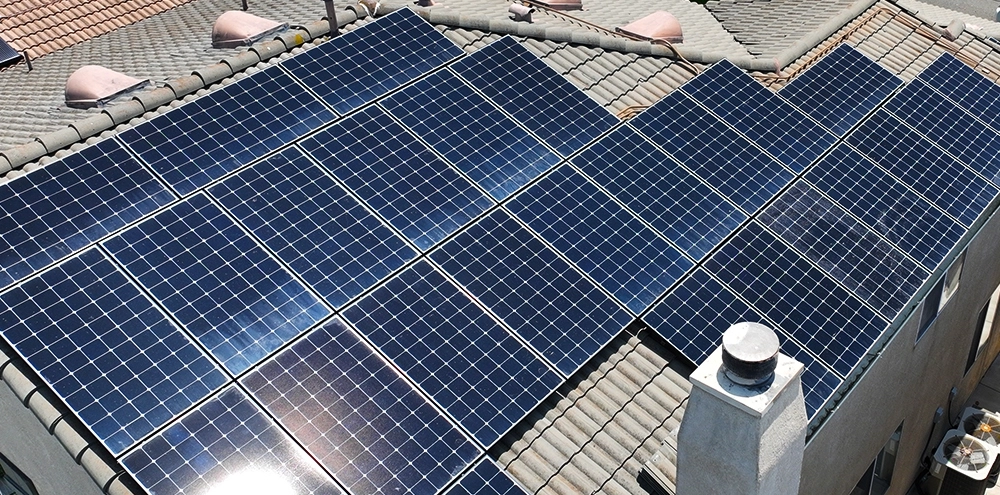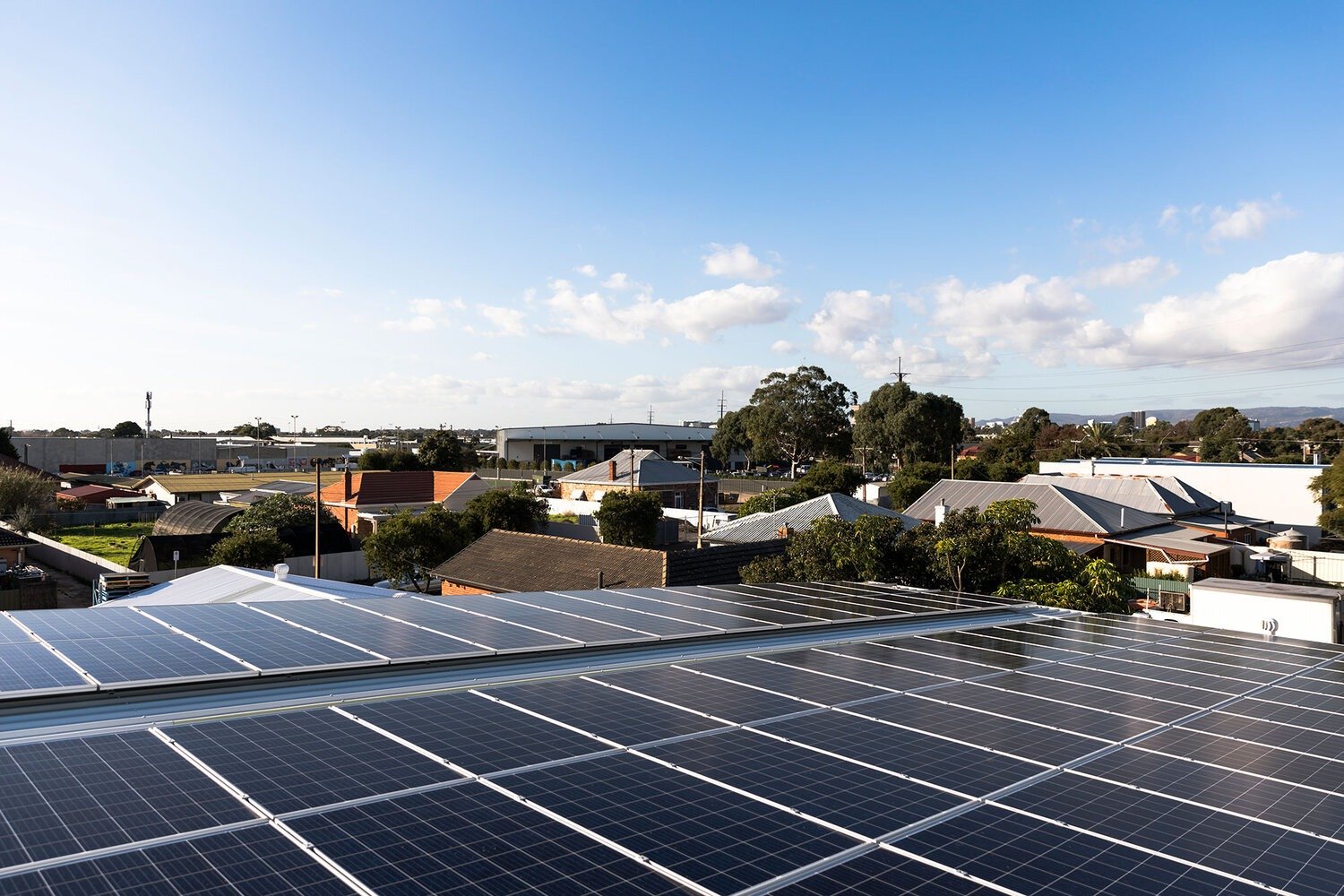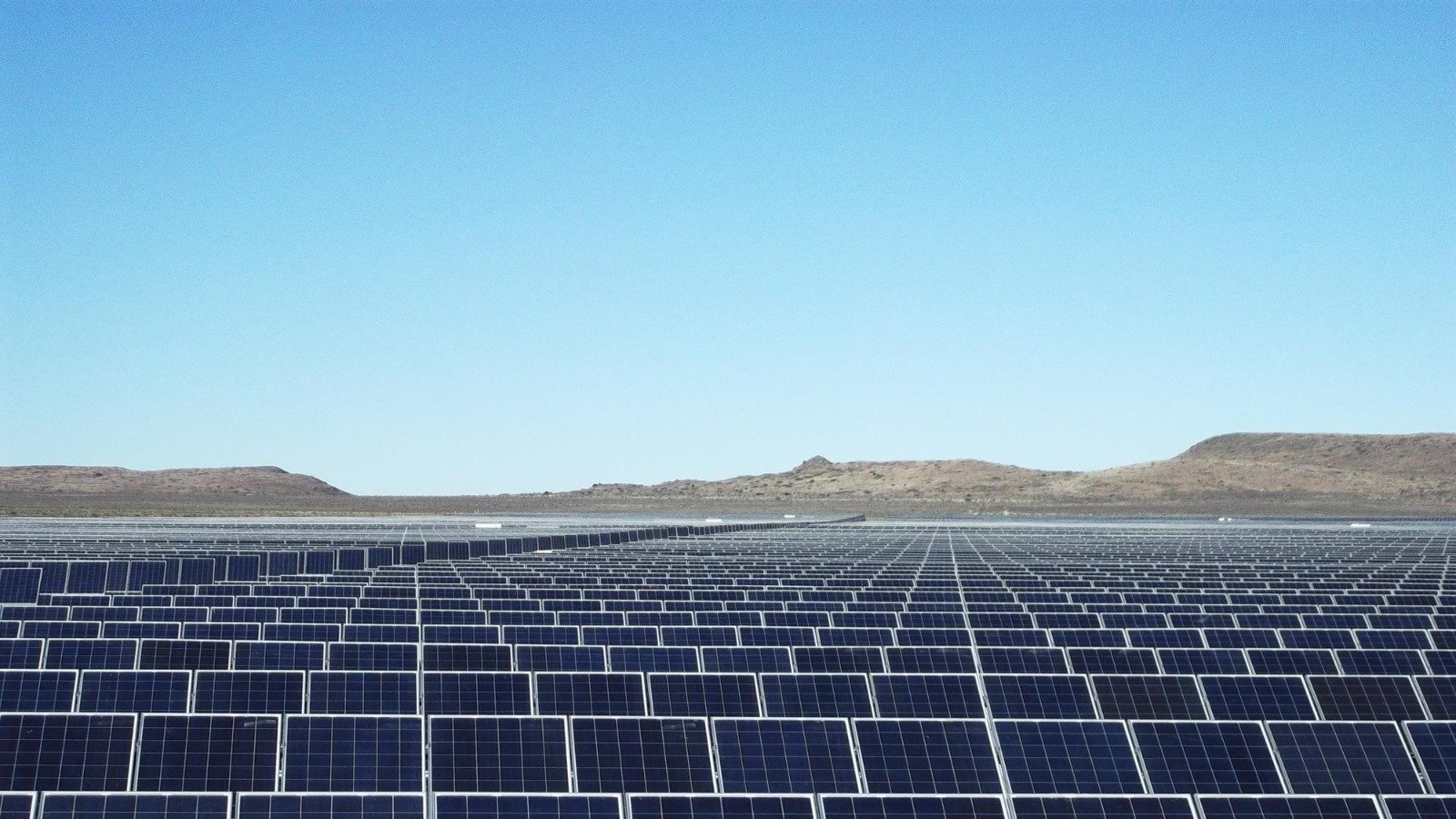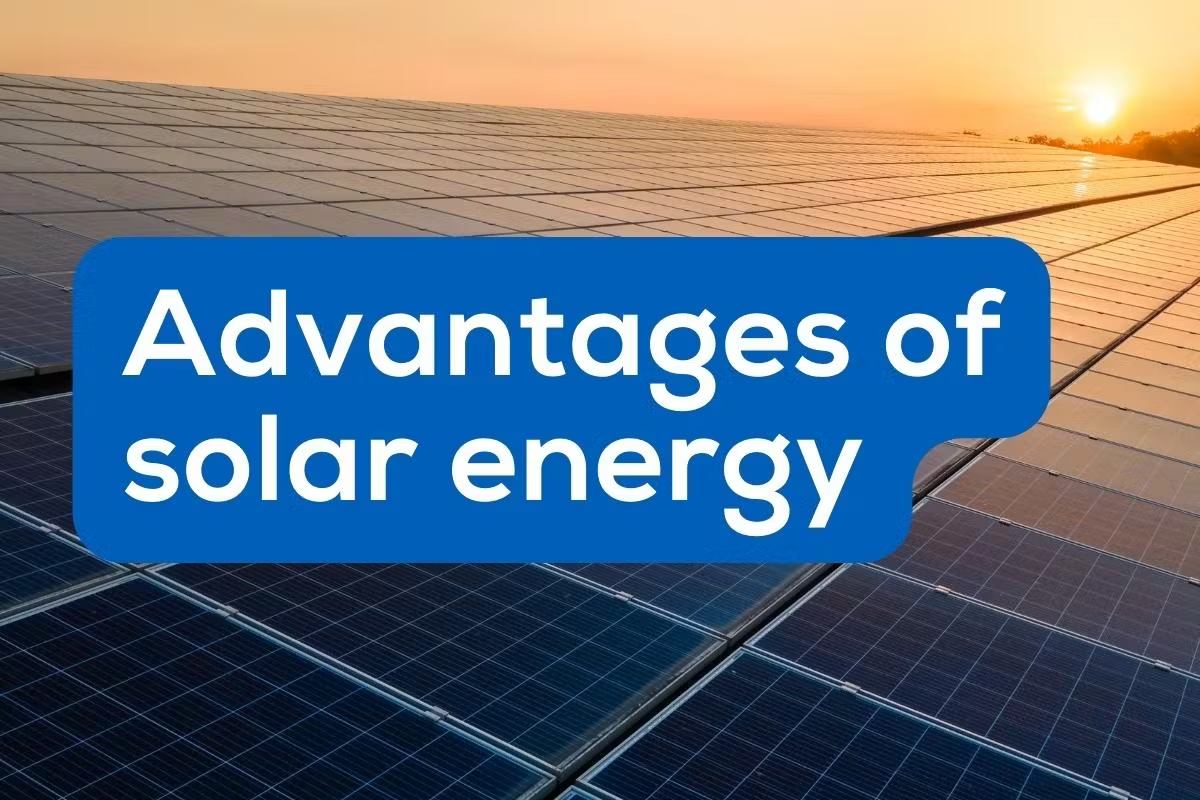India is rapidly transitioning towards a sustainable future by embracing renewable energy sources. Green energy companies are at the forefront of this transformation, contributing significantly to reducing the country’s carbon footprint. The following is a list of the top 10 green energy companies in India, all of which are making substantial strides in promoting renewable energy.
1. Soleos Solar Energy Private Limited
Soleos Solar Energy Private Limited stands out among India’s leading green energy companies. Focused on harnessing the power of the sun, Soleos provides top-tier solar energy solutions across the country. Specializing in solar EPC (Engineering, Procurement, and Construction), Soleos Solar Energy delivers comprehensive solar systems for residential, commercial, and industrial clients. Our commitment to innovation and sustainability ensures that we play a critical role in advancing India’s renewable energy goals.
Key Contributions:
- A diverse portfolio of solar installations nationwide.
- Focus on affordable, high-quality solar energy systems.
- Leader in India’s solar energy landscape, with expanding global outreach.
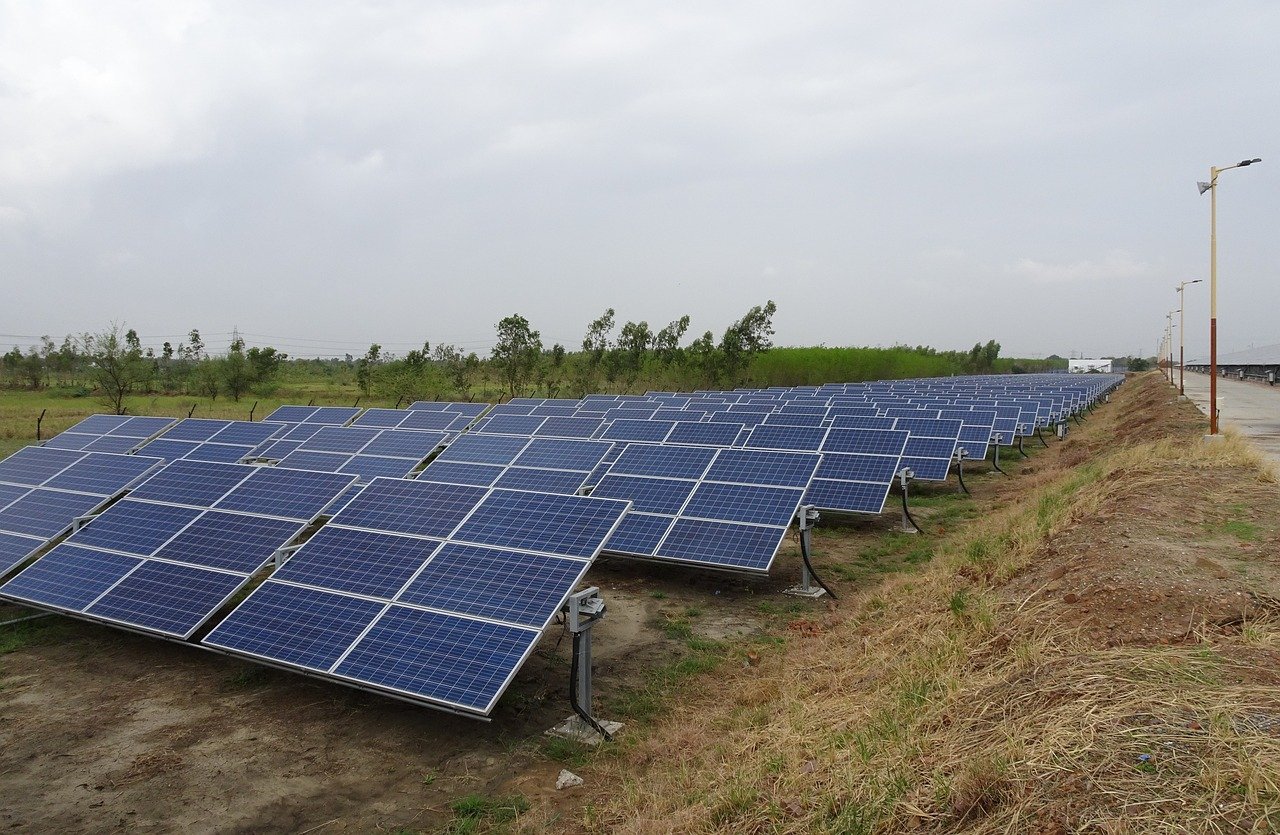
2. Tata Power Solar Systems
Among the most reputable green energy companies in India, Tata Power Solar Systems has been pivotal in the development of India’s solar energy infrastructure. With decades of experience, Tata Power Solar has delivered some of the largest solar projects in India. The company focuses on residential solar systems, large-scale solar power plants, and solar product manufacturing.
Key Contributions:
- Over three decades of experience in solar power.
- A leader in both rooftop and utility-scale solar projects.
- Commitment to sustainable energy through research and innovation.
3. Suzlon Energy Limited
One of the leading green energy companies specializing in wind energy, Suzlon Energy has been instrumental in establishing India’s wind power sector. With a robust presence in both domestic and international markets, Suzlon has revolutionized India’s renewable energy sector by offering cutting-edge wind turbine technology and comprehensive wind energy services.
Key Contributions:
- Significant player in India’s wind power capacity expansion.
- Strong focus on integrating wind energy with other renewable sources.
- Involved in energy storage and next-gen wind solutions.
4. ReNew Power
ReNew Power is a key player among green energy companies in India, with an extensive portfolio of solar, wind, and hydro projects. The company’s approach to clean energy is holistic, focusing on enhancing grid reliability through renewable energy. ReNew Power is one of the most influential companies driving India’s transition to a low-carbon economy.
Key Contributions:
- A leader in solar and wind energy with over 10 GW of capacity.
- Commitment to renewable energy storage technology.
- Active participation in India’s decarbonization goals.
5. Adani Green Energy Limited
Adani Green Energy Limited (AGEL) is a dominant force among green energy companies in India. With an aggressive expansion strategy, AGEL focuses on solar and wind power projects, contributing significantly to India’s renewable energy capacity. The company’s commitment to becoming one of the largest renewable energy producers globally underscores its leadership in the sector.
Key Contributions:
- Targeting 25 GW of renewable energy capacity by 2025.
- Leading the development of large-scale solar and wind farms.
- Plays a critical role in India’s renewable energy targets.
6. NTPC Renewable Energy
NTPC Renewable Energy, a subsidiary of NTPC, is a rising name in the list of green energy companies in India. With a focus on solar, wind, and hybrid projects, NTPC is diversifying its energy portfolio to include more renewable sources. The company is investing heavily in renewable energy infrastructure to support India’s clean energy transition.
Key Contributions:
- Plans to reach 60 GW of renewable energy capacity by 2032.
- Strong focus on solar park development and hybrid energy projects.
- Pioneering new technologies in energy storage and hydrogen.
7. Greenko Group
Another leader among green energy companies in India, Greenko Group is focused on delivering a combination of wind, solar, and hydro energy. The company’s ambitious projects, including renewable energy storage platforms, are designed to create a more stable and reliable grid. Greenko’s vision for integrating renewable energy sources with advanced storage solutions places it at the forefront of India’s clean energy sector.
Key Contributions:
- Developer of large-scale solar and wind projects.
- Focus on energy storage and grid stabilization solutions.
- Leader in hybrid energy solutions integrating solar and wind.
8. Sterling and Wilson Solar
Sterling and Wilson Solar, part of the Shapoorji Pallonji Group, is one of India’s premier solar EPC players. As one of the most prominent green energy companies in the solar sector, it provides end-to-end solar power solutions, from project design and development to operations. With a global presence, Sterling and Wilson Solar is contributing significantly to India’s solar power capacity.
Key Contributions:
- Leading solar EPC player with a global presence.
- Extensive expertise in large-scale solar power plant execution.
- Focus on innovation in solar energy technologies and solutions.
9. Azure Power
Among India’s most prominent green energy companies, Azure Power focuses on solar energy, particularly in rural and off-grid regions. Azure Power has pioneered many of the country’s largest solar energy projects, and its commitment to affordable solar power for underserved communities is reshaping India’s renewable energy landscape.
Key Contributions:
- Over 2 GW of operational solar power capacity.
- Major player in rural solar power development.
- Committed to community-focused energy sustainability.
10. Hero Future Energies
Hero Future Energies (HFE), a part of the Hero Group, is one of the fastest-growing green energy companies in India. With a focus on both utility-scale and distributed renewable energy projects, HFE is expanding its solar and wind energy capacity while contributing to India’s overall renewable energy goals.
Key Contributions:
- Over 1.5 GW of renewable energy projects installed.
- Focus on large-scale solar and wind projects.
- Committed to a sustainable and environmentally friendly energy future.
Conclusion: The Future of Green Energy in India
The green energy companies in India, including Soleos Solar Energy Private Limited, are driving the country toward a more sustainable energy future. By investing in solar, wind, and other renewable energy sources, these companies are not only reducing reliance on fossil fuels but also contributing to environmental preservation. As India progresses toward its ambitious goal of 500 GW of renewable energy by 2030, the contributions of these top green energy companies will be instrumental in shaping the future of the nation’s energy landscape.
India’s shift to renewable energy is critical for the global fight against climate change, and the country is well-positioned to lead this charge, thanks to the efforts of these green energy companies. Through innovation, investment, and commitment to sustainability, these companies are setting the stage for a greener, cleaner future for India and the world.
Discover Our Green Solutions
Ready to make a difference? At Soleos Solar Energy Private Limited, we offer cutting-edge solar energy solutions tailored to your needs. Explore how our innovative systems can power your future sustainably. Contact us today to learn more!
